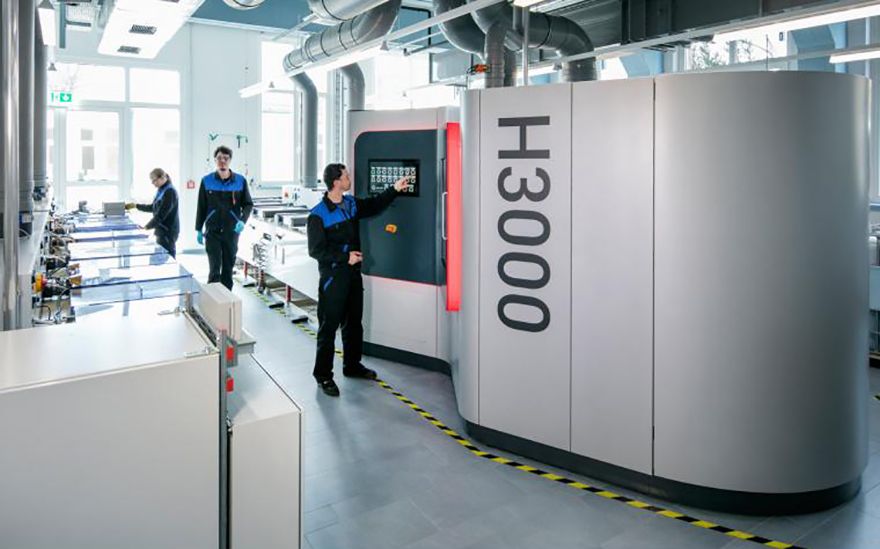
Lancashire-based
Fintek, a metal component surface finishing specialist, has been announced as the exclusive UK agent for RENA Technologies Austria GmbH’s H-series range of machines that use the patented Hirtisation process for the finishing of 3-D printed metal parts.
Jonathan Dean, Fintek managing director, said: “The RENA H-series complements our existing disc, drag and stream finishing ranges from OTEC and expand considerably our sub-contract capability and machine offering for the surface finishing of 3-D printed metal parts. RENA is a global company, and we are pleased to be able to draw on their extensive experience.”
The Hirtisation process effectively removes support structures and powder cake but goes further by reducing the surface roughness of 3-D printed metal parts. The process is suitable for all common metals and alloys and all types of additive manufacturing technologies, including Selective Laser Melting (SLM), Direct Metal Laser Sintering (DMLS) and Electron Beam Melting (EBM).
Importantly, the fully automated chemical-electrochemical process is able to reach deep into cavities, undercuts and other design intricacies inherent in many AM parts and often impossible to reach by manual or mechanical methods.
Along with support structures, partially melted grains are also eliminated. As there are no harsh mechanical processing steps, the smoothing effect does not compromise the precision of edge profiles.
Short cycle times3-D printed metal parts leave the machine clean and vacuum dried in perfect readiness for subsequent finishing processes such as protective coatings. Cycle times are short, from just 30min depending on part size and target quality.
H-series machines are easy to operate, requiring the minimum of training for personnel, even if they have little or no surface finishing experience. Designed to scale-up to any metal 3-D printing operation, all process chemicals are fully integrated and can be safely re-filled.
Available in three versions, the H3000 entry level is ideal for part sizes up to 300 x 300 x 150mm and can handle the part feed from up to three 3-D printers. The H6000 takes parts up to 500 x 500 x 350mm and can handle the part feed from up to four 3-D printers at a rate of up to 100 parts/hr.
The H12000 is designed to integrate seamlessly into larger industrial additive manufacturing processes and can handle the part feed from up to 25 3-D printers using four different materials at once. It also has a parallel post processing capability of up to 500 parts/hr.
Fintek operations manager, Jamie Phillips, said: “Achieving a commercially viable surface finish on additively manufactured metal parts has prevented the adoption of the technology for many applications. The Hirtisation process removes this barrier and at Fintek we also have the capability with the OTEC range of high-energy stream finishing systems to take external surface roughness down to Ra values of 0.01µm.”